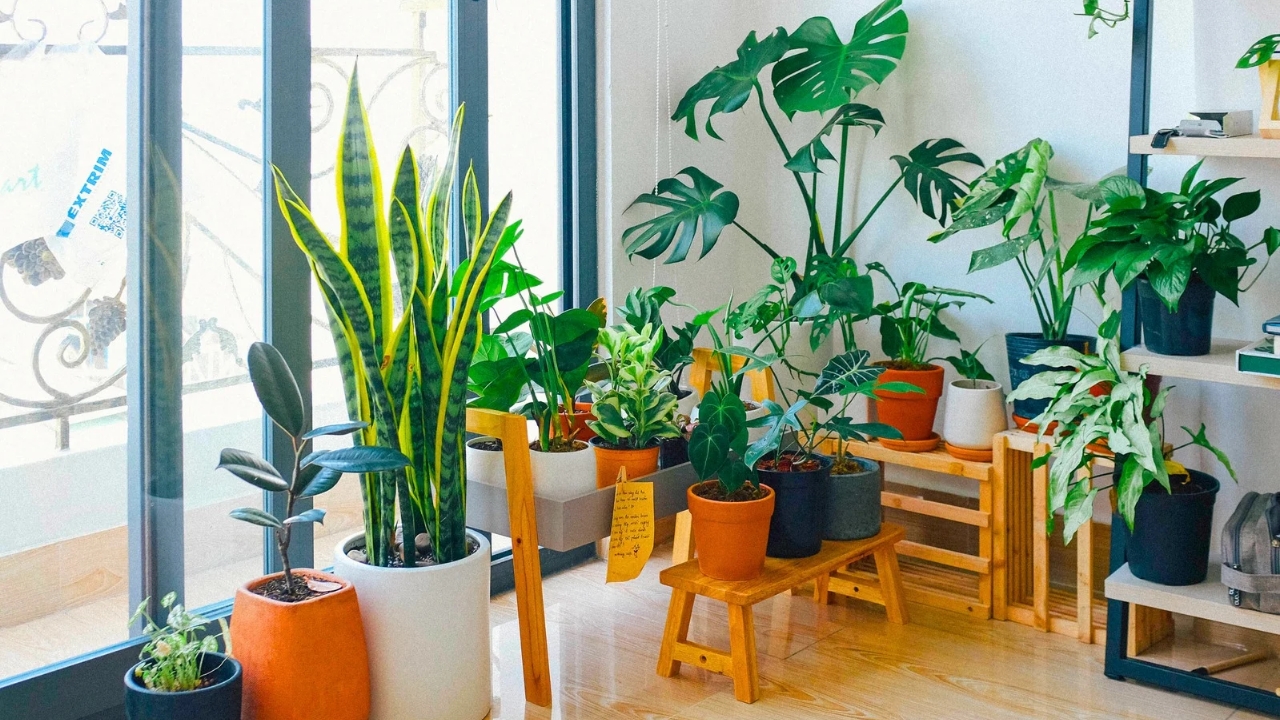Anyone who has ever tried to get rid of a common houseplant will tell you how hard it is to keep the leaves healthy. For that reason, we choose low-light varieties as household plant predators.
During the day, daylight is an important part of vegetative life, but not enough light doesn’t always mean minimal sustaining. As we’ll see, there are many other factors at play.
Therefore, let us help you if you want to add indoor plants to your space but don’t know how to start.
The best low-light plants can grow with not a lot of UV light and may even be able to survive long periods of darkness, like the whole winter.
Friendly snake plants and ZZ plants are thought to be two of the best indoor plants for places with low light.
For people who are new to taking care of plants or who have trouble with them, the best way is to mix not enough sunlight with little care.
After you get used to it, you should start with a very simple plant surface, like that of a plant pathos or spider plant, and build your skills from there.
Which indoor plant that doesn’t need much sunshine is best for you and your home? Still don’t feel sure? We’ve put together a list of 34 of the best low-light flowers and how to take care of each one to help you make your choice. Thank you for gardening!
Baby Rubber Plant
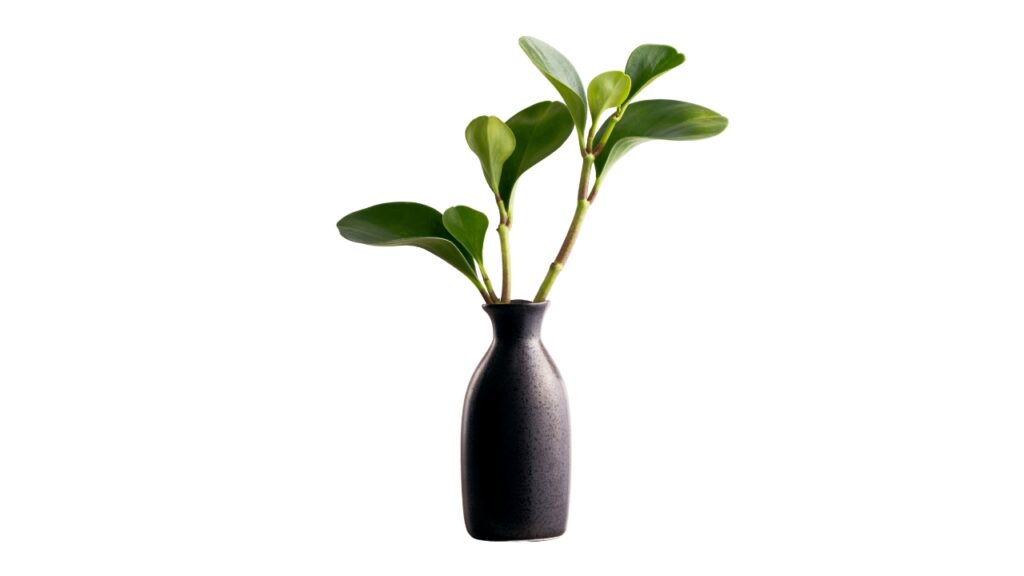
Water: once a week
The cover story for this cute houseplant is that it will have white flowers with greenish stems all spring long.
Just make sure not to put it directly in the sun, as that could burn and boil the leaves. Since this comes from a tropical plant, it does best in a higher, less humid environment.
Hoya Pubicalyx ‘splash’
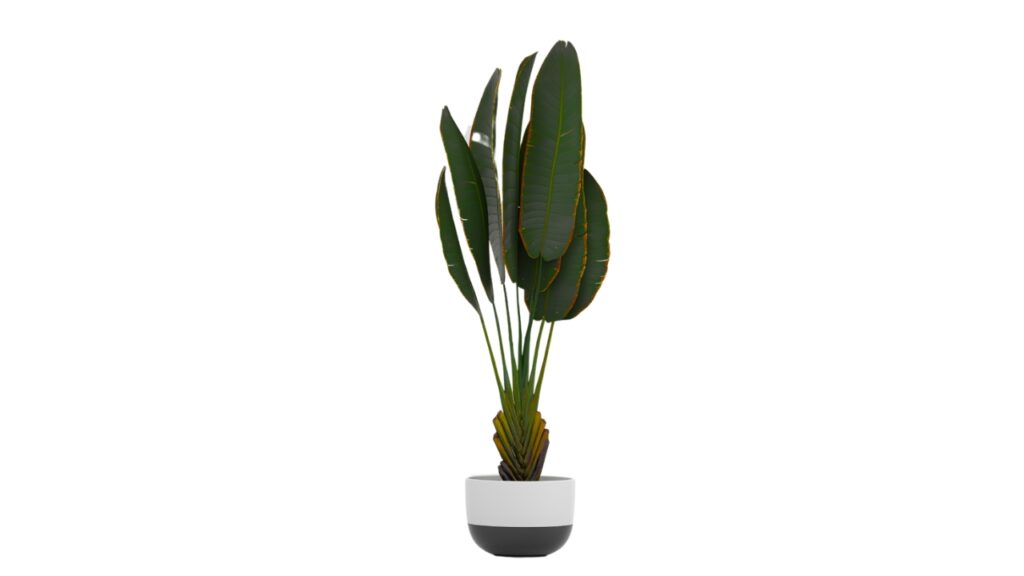
Water: Every ten days to once a week
This type of Hoya does best in very wet conditions, but most indoor plants need a lot of light to grow.
You can put it with some other plants inside or keep it wet by putting it in an aquarium with water and dirt in it. Alive Root says that a once-a-month application of plant nutrients or manure will promote strong new leaf growth.
English Ivy
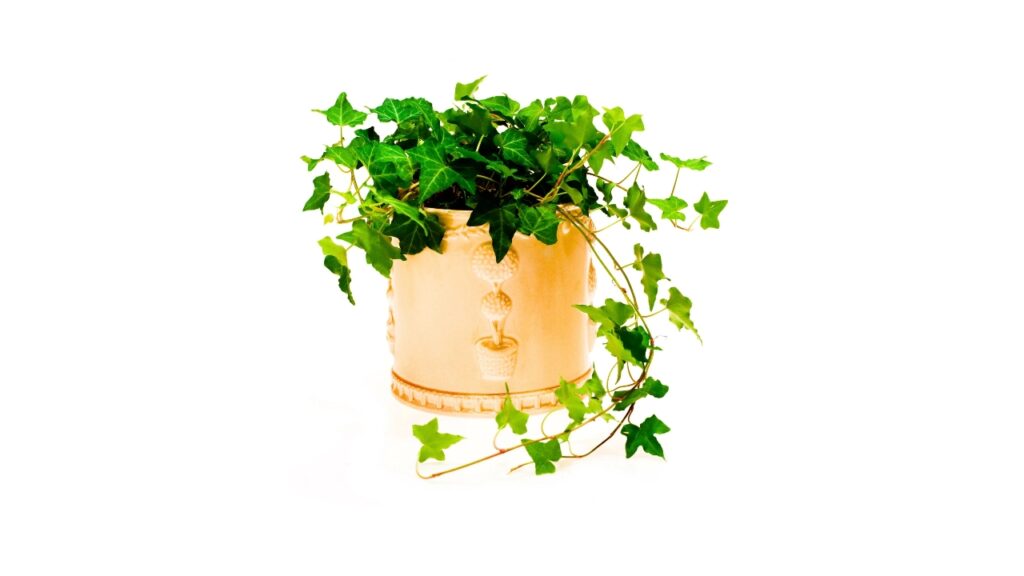
Water: once a week
English ivy doesn’t need much care and can grow anywhere with a lot of wetness. Bathrooms and other places that don’t get direct sunlight are great places for it to grow.
Since this succulent grows quickly and out of control, we suggest hanging it in a pot or using string holders to help direct its new growth.
Stromanthe Triostar
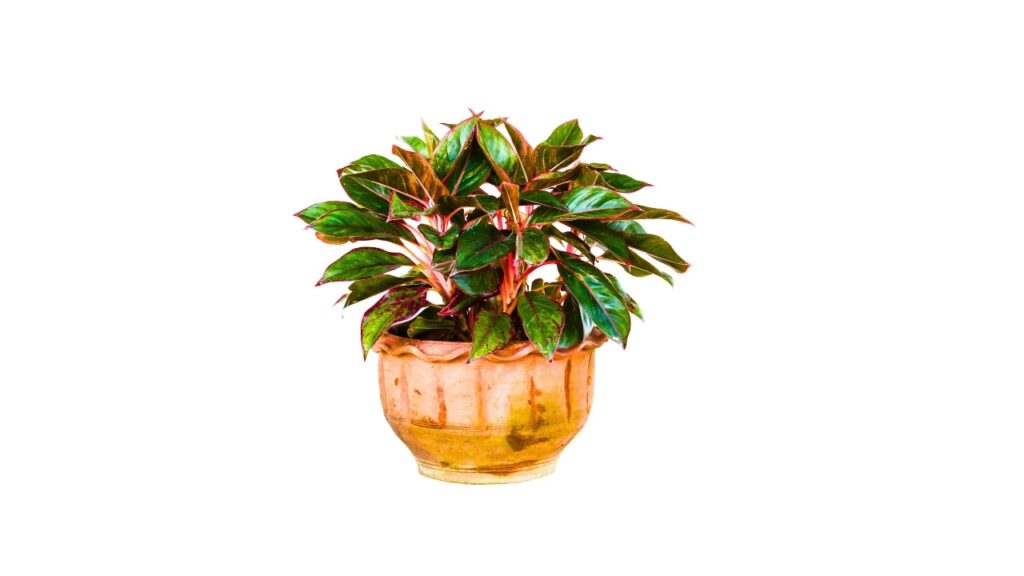
Water: about every two weeks
This colorful plant has big leaves that range in color from white to pinkish to greenish. We love this plant because it doesn’t need much water and can handle indirect light, which makes it a great choice for people who are new to houseplants.
To give the roots room to spread out, grow this plant in a clay pot that is just a bit bigger than its seedling planter.
Philodendron Prince Of Orange
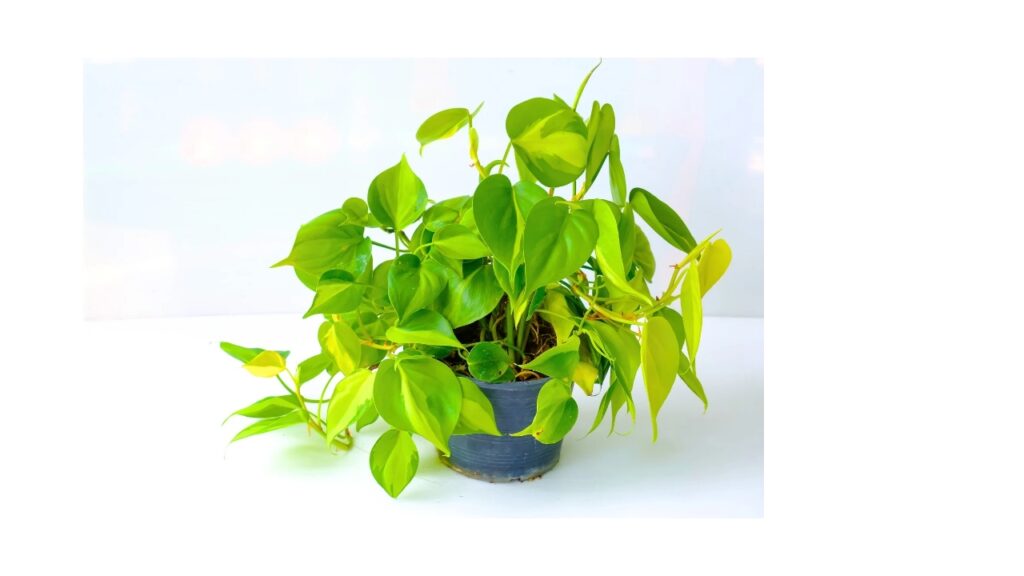
Water: For two weeks to ten days in a row
This type of philodendron has green leaves that look like the colors of a beautiful sunset. But as the plant grows older, the leaves will slowly change color to a deep greenish or reddish color.
This species grows best in indirect light or on glass steps facing north. If new branches are growing without bright colors, it may need a brighter place to grow.
Pothos ‘n’joy
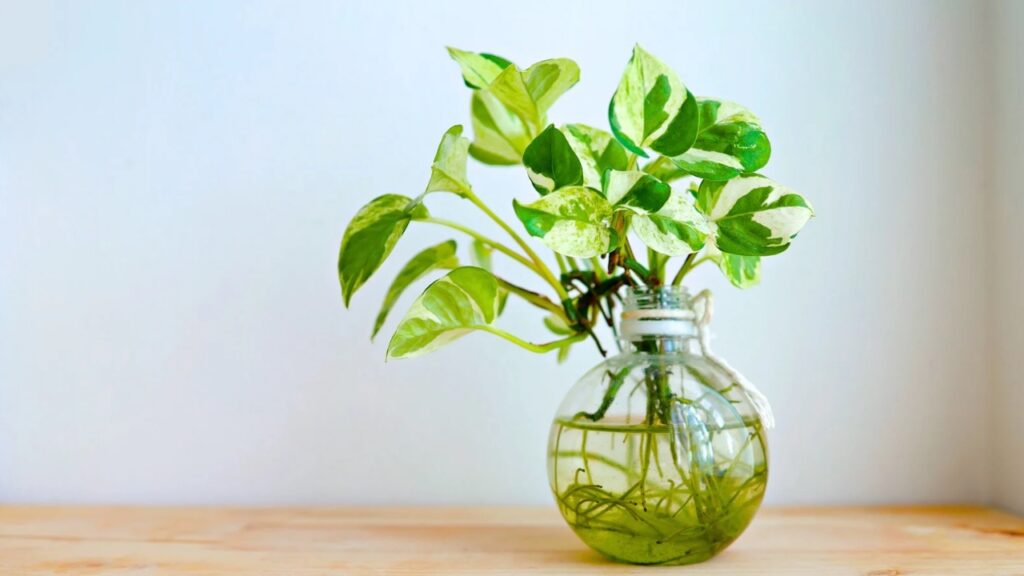
Water: once a week, or maybe twice
With its beautiful, multicolored leaves and trailing tendrils, this type of pothos is a great way to break up the different colors of foliage in your collection of flowers.
To show off vines to their fullest, mount this type of plant high and give it slanted sunlight.
Big Snake Black Coral
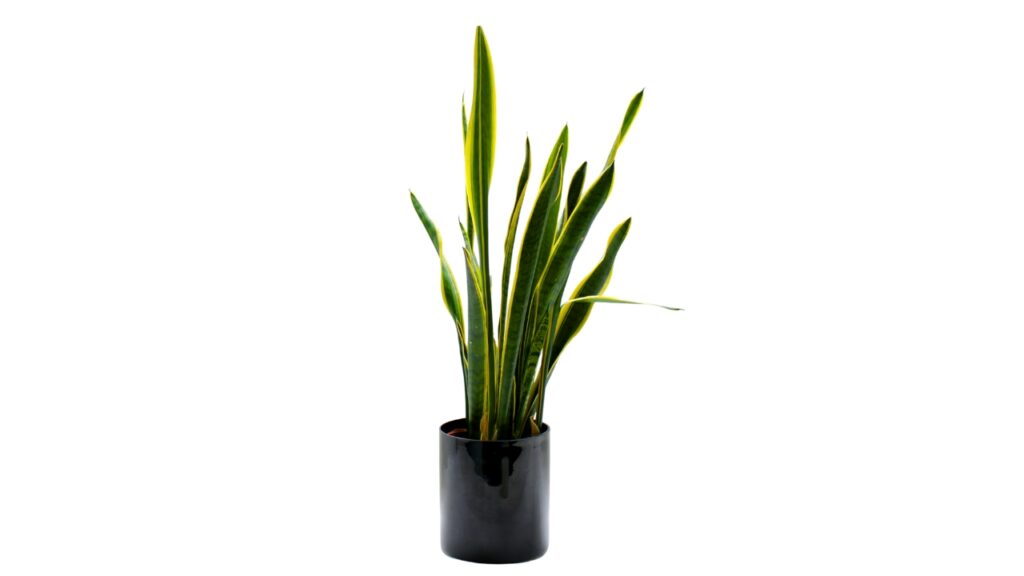
Water the ground every two or three weeks, letting it dry out in between times.
Even though your snake plant isn’t poisonous, you might want to keep your pets away from it because just a few leaves can make them sick.
Rabbit Foot Fern
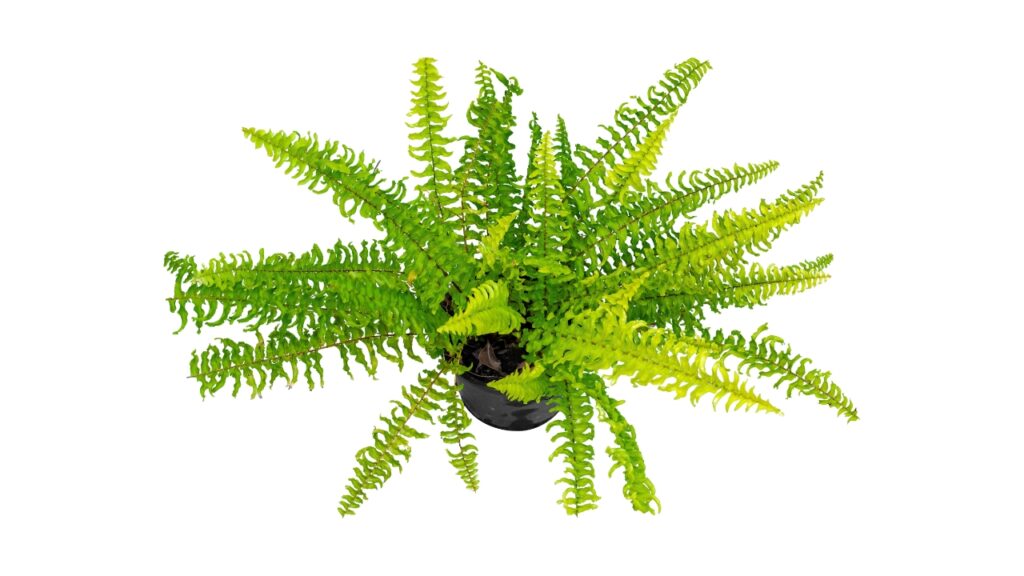
Water: once a week
The rabbit foot fern gets its name from the way its branches look like rabbit’s feet, which are thought to bring good luck. It likes lots of sunlight and water.
This fast-growing plant should go in a bathroom with an opening if it has one. But keep it away from the window frame because direct sunlight will kill the plants.
Prayer Plant
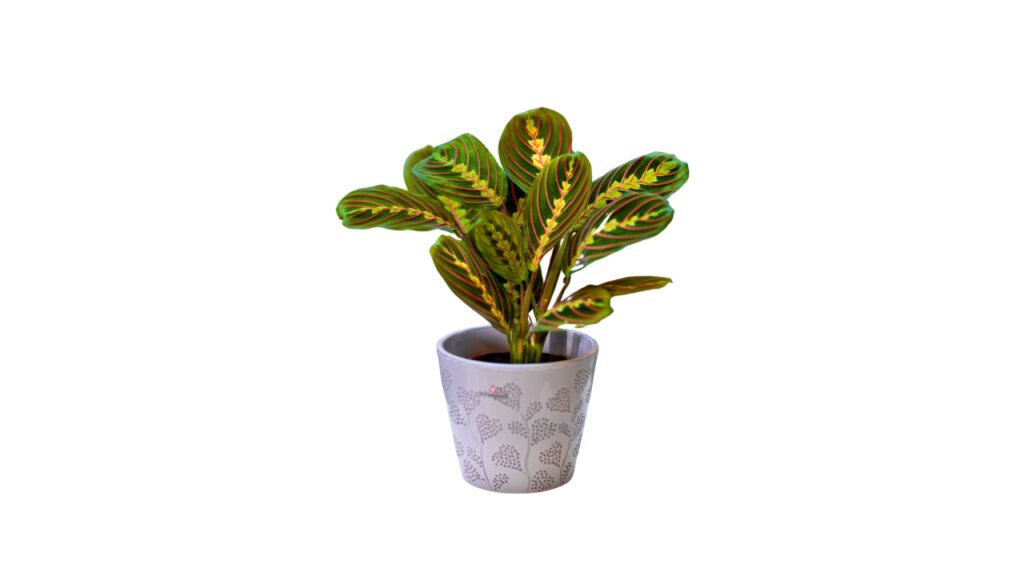
Water: Every week for two weeks
The name “prayer plant” comes from the way its branches move with the sun as it rises and sets. The plant comes in many shapes…
Even though its changing leaves make it look fragile, this hardy plant is surprisingly easy to take care of. It also has organic elements that clean the air. Add some water to the top fourth of the ground when it’s dry.
Palm Court
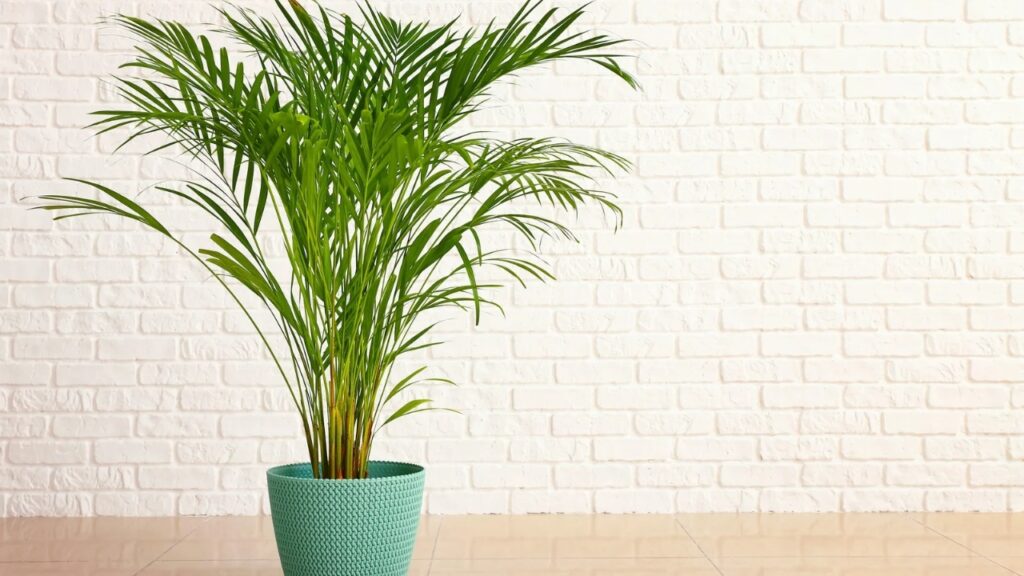
Water: About once every two weeks
This plant is popular for being hardy and has another name: the Victorian parlor palm. Who wouldn’t love those pretty, fluffy leaves that make any dull spot in the house look better? It can do well with less natural light, but it does best with modest lighting.
This palm does best with a lot of dampness and moisture, but you can feed it in small amounts. It’s almost enough to do that, ideally twice a week. Plus, it’s safe for your pets too.
Aglaonema Wishes
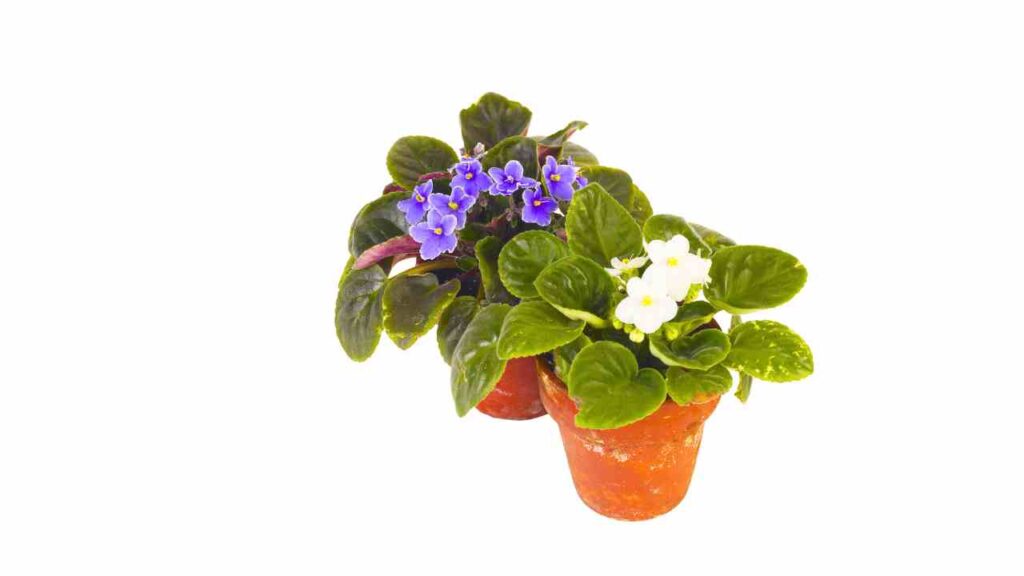
Water: Every ten to seven days
This is one of the hardest indoor plants you can buy, so people who are new to gardening will love it. It only needs to be fertilized a few times a year and does best in low light.
These kinds of plants can grow just as well in artificial light; in fact, they don’t even need direct sunlight to do so. You might not want to put this kind of plant in a visible place in your bathroom because it likes dry conditions.
Unfortunately, animals like horses, dogs, and cats can’t handle the species, so they need to be kept away from it.
Lucky Bamboo
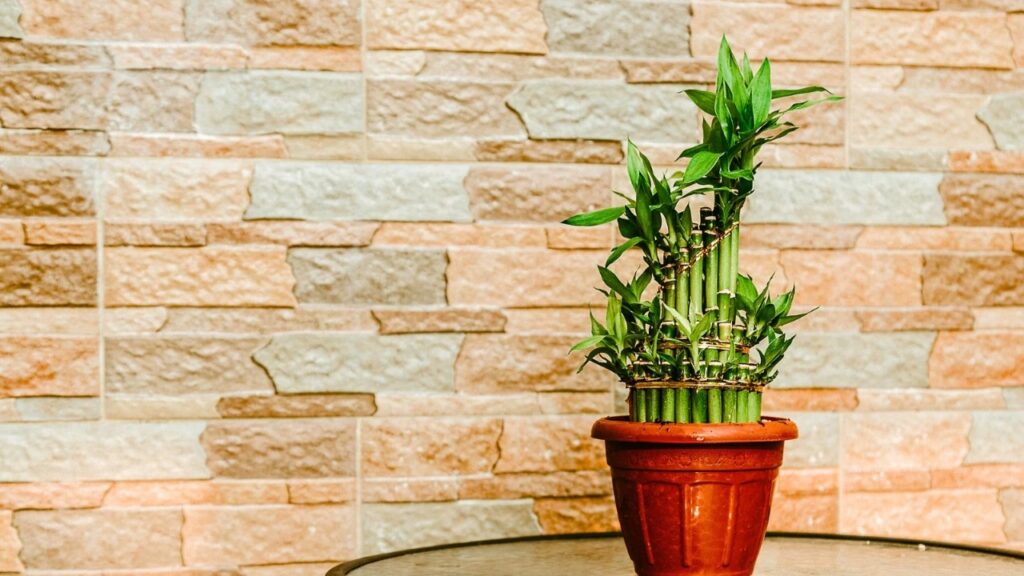
Once a week, give them enough water to cover their roots.
The lucky bamboo plant, which is said to bring happiness and wealth, can live in areas with a lot of shade, but it needs some sunlight.
Perhaps its most impressive quality is its ability to remove formaldehyde, trichloroethylene, and benzene from the air while also keeping the environment wet. Pets should not touch the good bamboo because it is poisonous to them.
Benjamin Ficus Tree
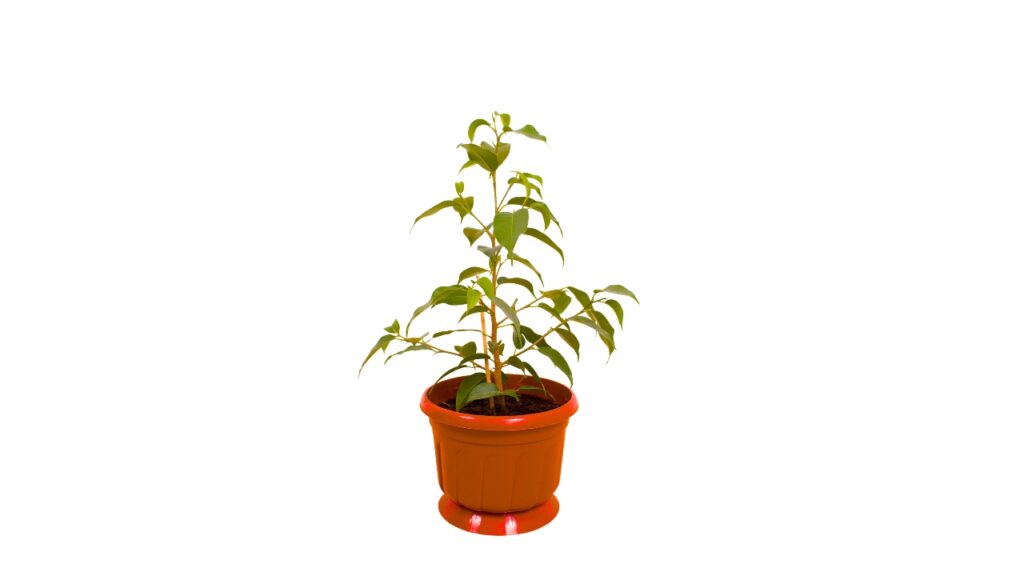
Water: Every week or two
This tree grows quickly and makes any room in the house brighter. As long as you make sure it has enough water. Once the top layers of pebbles are dry, put them in a big container that can drain well and give them a lot of water.
Spreading out sunlight is best for it, so put it somewhere with lots of light instead of next to a computer. Dogs and cats can both get sick from ficus trees.
Bromeliad Plant
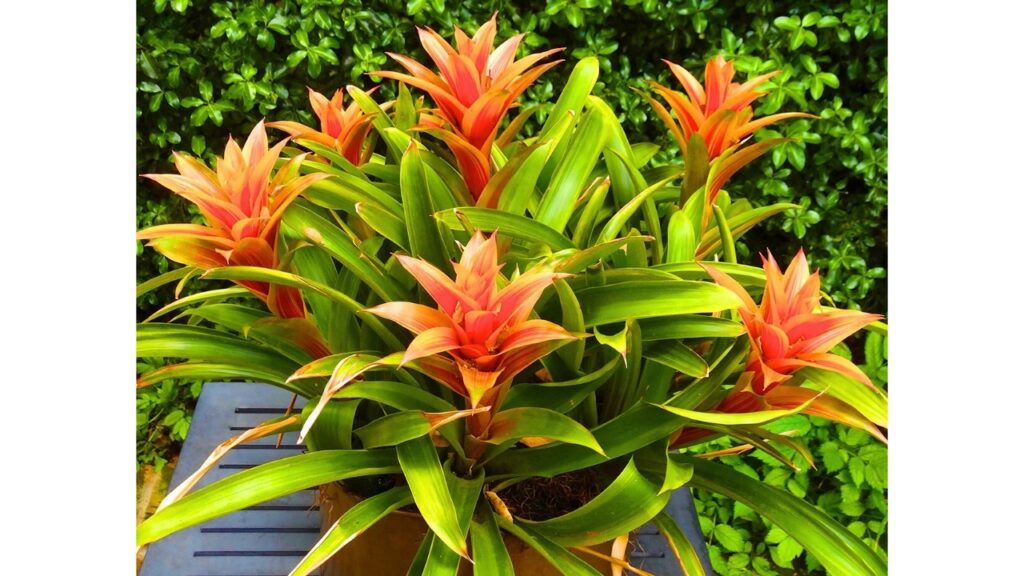
About once a week, when the dirt is dry.
If you want to keep this home plant alive, put it somewhere damp and damp, like a bathroom. It may even do well with just LED lights. But that’s not why we love flowers so much.
They might grow on stems with other plants, on the ground, or even on small rocks. That’s really cool. Because they are safe for our pets, they are one of our favorite flowers.
Devil’s Ivy Golden Pathos
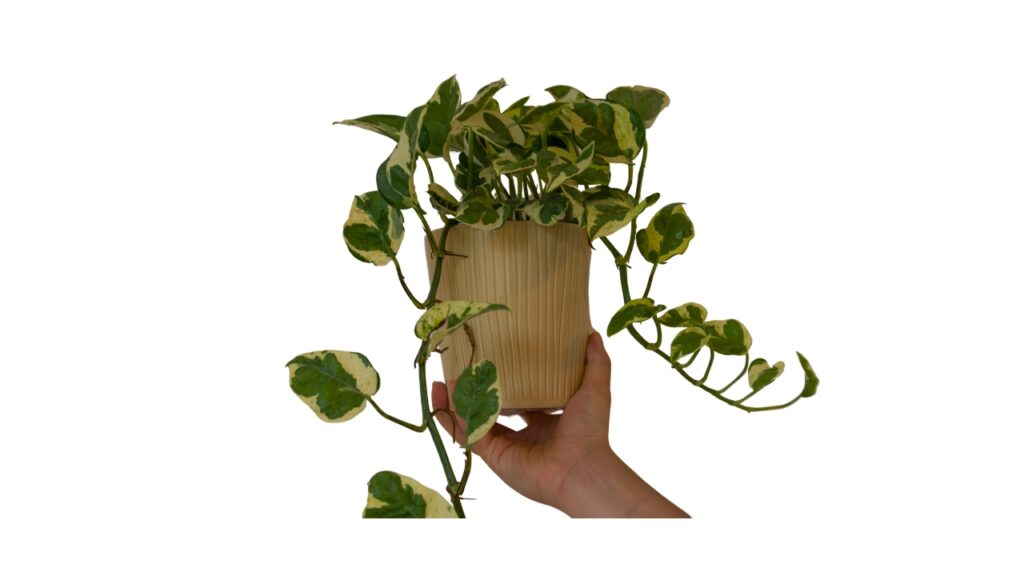
Water: Every seven days, drink one cup.
In Greek, pathos means “longing,” which is where the name “devil’s ivy golden pathos” comes from. This plant has an amazing ability to send out branches even when things are bad.
Because it is so good, we suggest leaving this plant inside by itself to grow well instead of putting it outside where it might choke out your other lush plants.
It can be fatal if eaten, so keep it away from pets you care about and in direct, strong sunlight.
Maranta Red Prayer
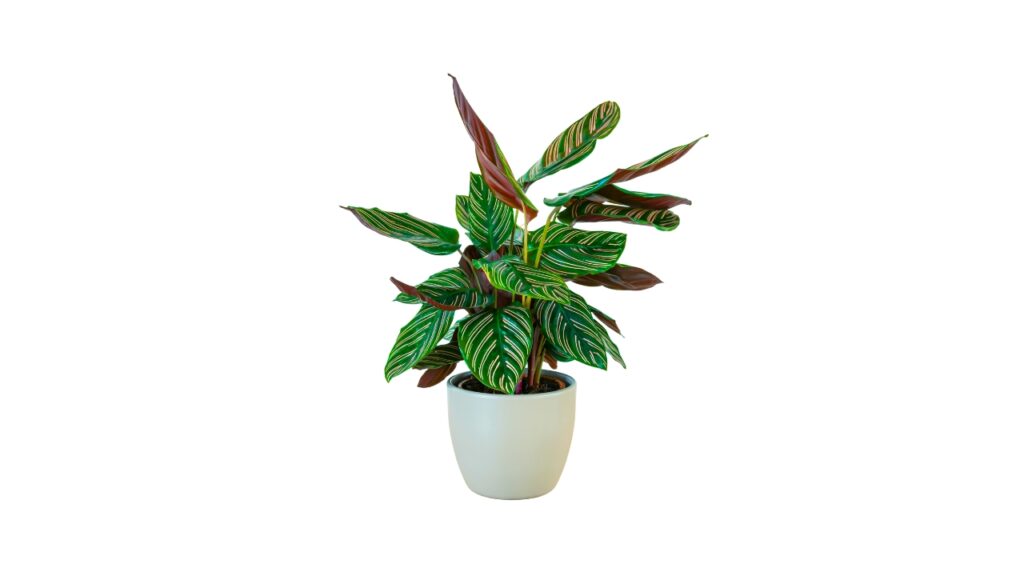
Water: once a week
It is possible for maranta red prayer plants to survive in situations with little or a lot of light. The biggest problem with not enough light is dull leaves, which are just a result of not enough light and don’t mean there are any problems.
These kinds of plants can be hard to predict because they need a lot of water to grow. They are also safe for pets, so you can leave your plants on the ground.
Madagascar Dragon Tree
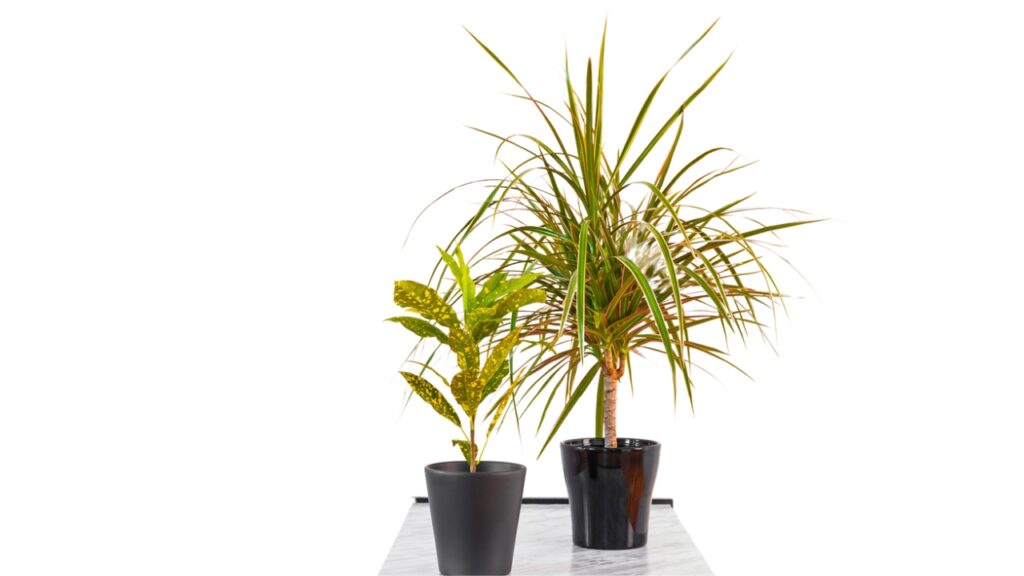
Water: once a week
The above plants are very pretty with their upward-growing, jagged leaves that have clear red edges. However, they can have problems if they are in the sun for too long.
The leaves on your plants will grow best where there is a lot of bright, slanted sunlight. To keep your plants healthy, move them away from the hole that gets the most sunlight.
There is no evidence that Madagascar dragon trees are harmful to dogs, but they may make cats salivate, feel sick, be tired, have trouble coordinating their movements, and have worse vision.
Spider Plant
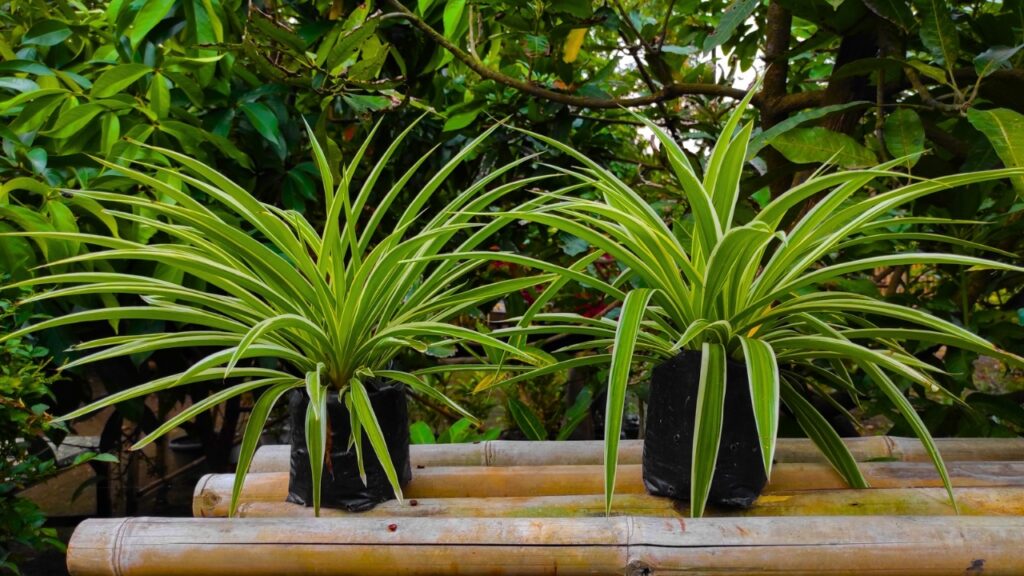
Water: once a week
Because it can be shaped in many ways, the spider plant is one of the most popular cacti. It is also very easy to take care of. It’s pretty easy to keep up with.
Just put one of your spider plants somewhere that gets bright but not too much sunlight, and it will be fine for you and other people too. If it gets too hot or too cold where your spider plant is, it could die young.
One more thing: the base should always have a small amount of moisture in it. (You might want to get a spray bottle.) Additionally, if your furry family members bite on certain twigs every once in a while, it won’t hurt them because these types of plants are safe for pets.
Wax Plant
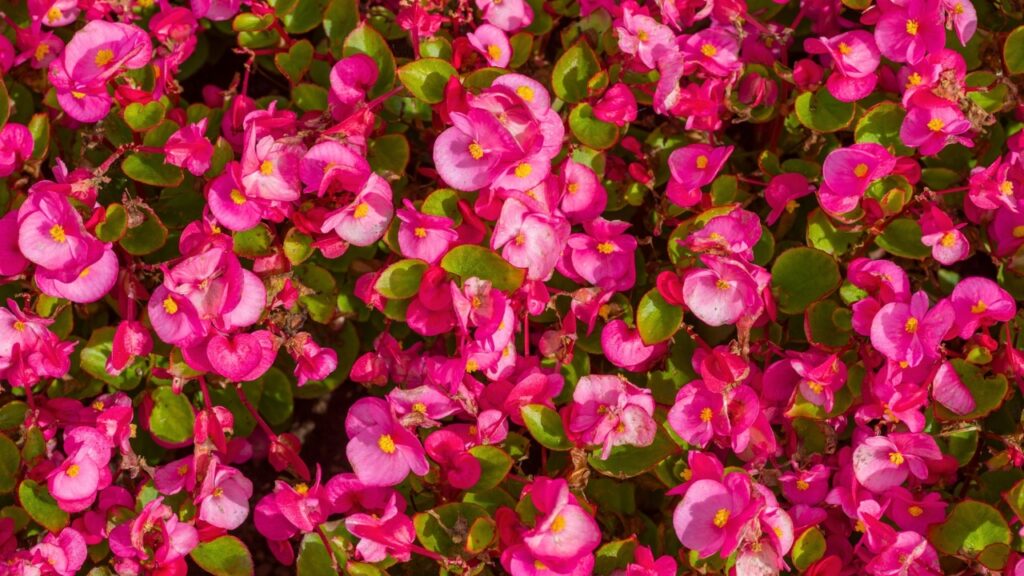
Water: once a week
Wax plants, which are also called Hoyas, are hardy houseplants. They do well even when there isn’t much sunshine, but they really shine in bright light.
Also, they don’t need much care and might be able to heal from not getting watered for a short time. One piece of advice: if the ground is too wet, the leaves will fall off, so let the base dry out completely between waterings.
Wax plants are not dangerous to pets, so if they fall off and your pets eat them, they will still be alive to tell the tale.
Monstera, aka Swiss Cheese Plant
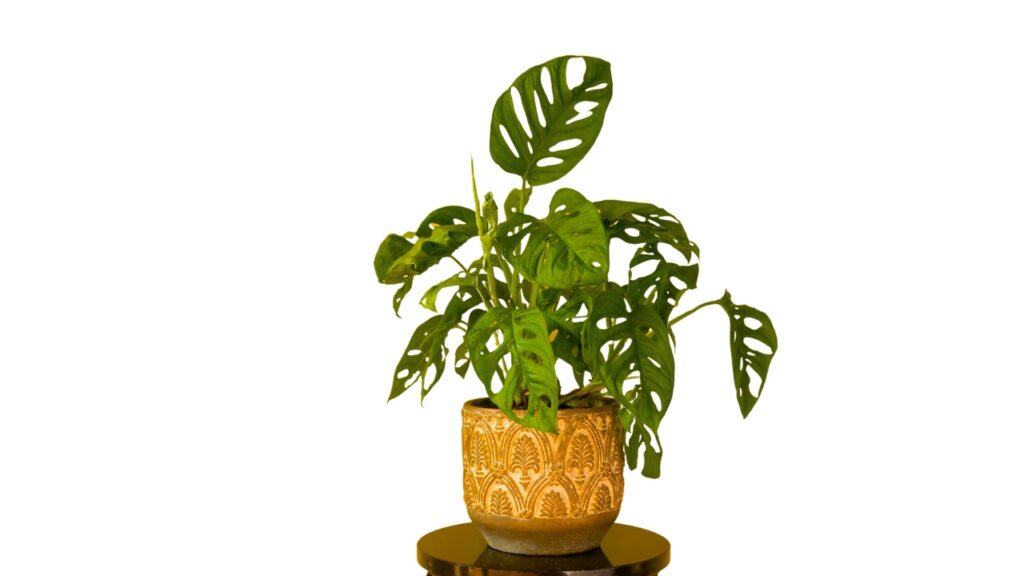
Water: Give it a little water once or twice a week.
It might look like the tropical monster plant can only handle very bright sunlight, but these pretty plants can handle even the dimmest daylight. In other words, they probably won’t grow as quickly or as much as they would in a place with more light.
Green plants like these shouldn’t be added to lettuce salads because they are just as bad for people as they are for dogs and cats.
Sago Palm
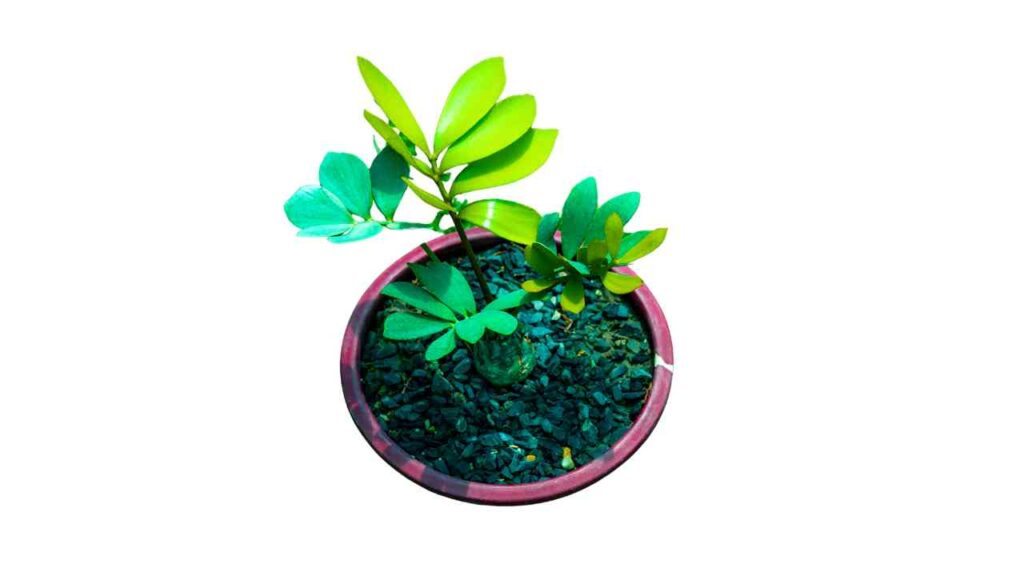
Every two weeks, drink one cup of water.
Now is your chance to add a palm tree to your private garden, if that’s always been your dream. Even though sago trees aren’t as tall as the ones you saw on the water, they’re still very pretty.
Like other tropical plants, it does best in bright, intense places, but it can also do well in the darker parts of your home. This is more clear when it comes to groundwater, though.
Give the sago palm water until the top inch of its soil is completely dry. The easiest way to hurt plants is to give them too much water. The leaves and stems of the plant in question are unfortunately poisonous to pets.

